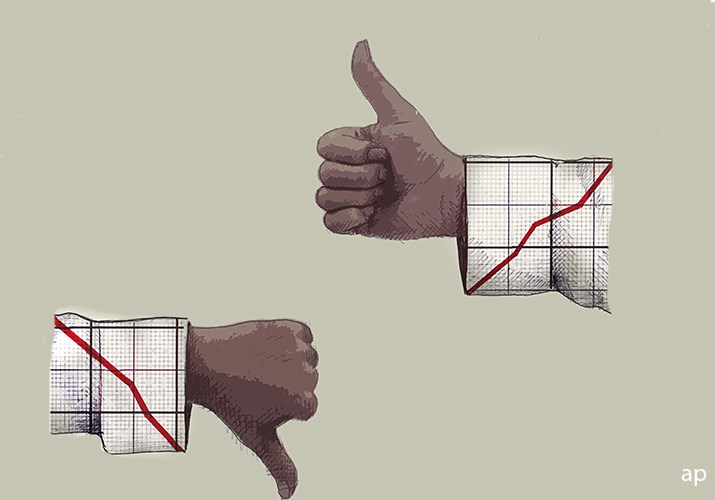Ian Tam: As the case counts for the COVID-19 pandemic had started to creep up in Canada, especially as we roll into the winter months, investors are likely worrying about the possibility of a second wave. So, with this in mind, today I'm going to use Morningstar CPMS to look at a model that seeks Canadian-listed companies that have lower volatility characteristics relative to the benchmark index in Canada.
To start off with, let's have a look at the 223 companies in the S&P/TSX Composite Index and what we'll do is rank them based on a set of factors and weights. You'll see here on the pie chart that I've used five factors to create this model. The first factor is the five-year deviation of earnings, which is worth about 30% of my model and that basically measures how volatile or how consistent companies' reported earnings are over the last five years. And here, we're actually looking for lower numbers or companies with steadier reported earnings over time.
The second factor is the spread of street estimates, and this basically looks at how consistent the opinions of institutional analysts are from the street on a particular company. So, for example, if a company has a very diverse set of opinions from the street, that's going to give you a very wide spread. What we're actually looking for today are companies that have a very narrow spread (of estimates), meaning that analysts on the street tend to have a very consistent opinion on the future earnings of that company.
The third factor is the five-year historic beta in yellow. That's worth about 30% of my model. And that basically measures how sensitive a stock is historically to an underlying benchmark index. So, if a beta is 1 for a stock, that means that historically that stock has moved basically the same amount as the index. If we have a beta less than 1, which is what we prefer in this case, that means that historically the stock has moved less than the index in trending markets.
The fourth factor is the 180-day standard deviation of returns. And this is similar to the first factor, but this time we're actually measuring the consistency of the stock price as opposed to the company's earnings. And here, of course, we want more stable stock prices, we want a lower standard deviation of returns over the last 180 days.
And finally, the last factor we're looking for is dividend yield, probably very well known for most of you out there. And basically, we're looking for a company with a reasonably high dividend yield if we can get it.
Now, because I've used dividend yield as one of the factors, I also want to ensure that these dividends are sustainable, and the company isn't paying more than it's earning over a particular timeframe. So, what I've done here is I've used a limit of the dividend payout ratio and specifically, I'm looking for companies with a dividend payout ratio of less than 80% against their earnings, or less than 60% against their cash flows. That way we're ensuring again that the company is not paying out more than it's making to make sure that those dividends are reasonably sustainable.
I then use Morningstar CPMS to back test this model using a maximum of 15 stocks and no more than 4 stocks per economic sector. You can see that over the long term the strategy outperforms the index by about 4% annualized. In calendar year 2008, the strategy lost 15.2%, while the S&P/TSX Composite lost 33%. In the first quarter of 2020 during the crux of the pandemic, the strategy lost about 11.8%, while the index lost 20.9%.
The stocks that meet the requirements to be purchased into the model today are listed in the table attached to the transcript for this video.
For Morningstar, I'm Ian Tam.




















